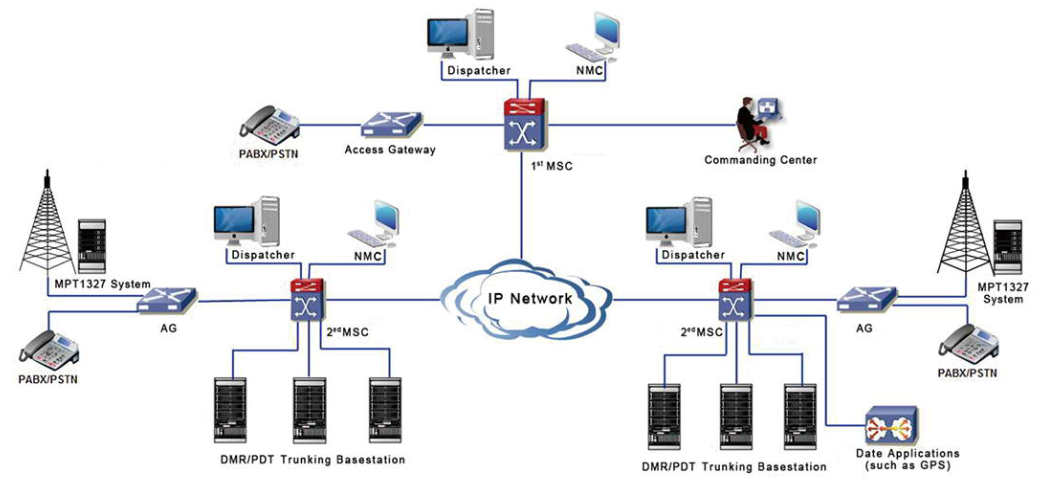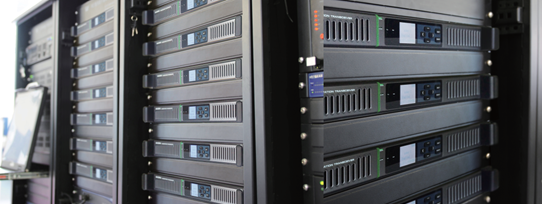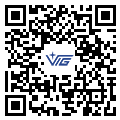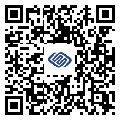●Superior Reliability
Modularized design and multi-level fault-tolerant capability for enhanced reliability and efficiency.Interference monitoring and link detection features guarantee the high performance of the system. Redundancy capability for key hardware components such as base station control unit and trunking main control channel.
MSC supports local and geography redundancy mechanism. When one fails, the other one can take over its services immediately.
●Voice Services
Private call, group call, emergency call, broadcast call, all call, phone call (PSTN and PABX), call via MPT gateway and call via DMR conventional gateway.
●Data Services
Long and short text message, GPS polling, status message, emergency alarm and packet data.
●Supplementary Services
Late entry, ambience listening, monitor, talk group scan, override/ interrupt, dynamic group number assignment, call recording, dynamic base station assignment, call priority, call duration limitation, talk group hunt, subordinate group call, super group call, group call merging, full duplex private/ group call, OTAP, TX pre-empt, queue, call display, call alert, talker ID identification, call permission, group patching, channel monitor, call forwarding and call end alert.
●Security Services
ESN check, authentication, kill/stun/revive and end-to-end encryption.
●Mobility Management
Registration, additional authentication & registration, deregistration, roaming, handover and participant group attachment.
●Network Management
Configuration management, subscriber management, fault/alarm management, device management, performance management, security management, log management, system topology presentation and remote management and upgrade.
●Powerful Dispatching Services
The client/server structure ensures networking and user-friendly operation interface and versatile functions: voice call, text message, visible dispatching, track playback, channel monitor, log management, multiple screen and touch screen.
●Recording/Query Services
Recording, playback and statistics & analysis.
●Bigger Coverage
Fully compliant with DMR Tier 3 technology which born with the advantage of big coverage over other technologies.Non-linear amplifier.
●Flexible Networking
The IP-based architecture enables flexible networking.
Different gateways are provided to connect with other system, such as PSTN, MPT, Tetra, FM, DMR conventional, etc.
●High Spectrum Efficiency
System Composition
●Base Station(VR-3200)
●Base Station Antenna
●DMR Repeater (ER9000)
●Mobile Switching Center(VR-3100)
●Network Management(VR-3400)
●Dispatching(VR-3610)
●Recording(VR-3630)










